Modern electronic communication methods are instant, direct and – and for the curmudgeon – charmless. In contrast, the golden age of letter writing, between the 18th and 20th centuries, is a store of countless remarkable correspondences, not just between historic figures but also between ordinary people. As our list highlights, the best collections of letters reveal the hopes, worries, excitement, desperation and humour of the great and the good.
A War Through Letters
Even the black-and-white moving pictures of the First World War, featuring exploding bombs and shattered landscapes, can hardly do justice to the lived experience of the years 1914-1918. Writing can do that, even a century on. Love Letters of the Great War provides intimate insights into life during this harrowing period. These letters, whether by famous figures (Winston Churchill) or ordinary (German, British, American and Australian) troops, present a mixture of emotions, from love and hope to jealousy and betrayal. In a similar vein, writer Sebastian Faulks’ A Broken World delves into diaries, letters and memories to present an often-searing depiction of a conflict that contemporaries hoped was a ‘war to end all wars’.
Shining A Light On Great Letters
In his hugely popular Letters of Note blog, Simon Usher shines a light on some of history’s best letters. He delves into the archives and shows a letter from speechwriter William Safire to President Richard Nixon – titled “In the Event of Moon Disaster” and dated 18 July 1969, it’s just two days before Neil Armstrong and Edwin Aldrin land on the moon; another is a letter poet Wilfred Owen wrote to his mother on 31 October 1918, days before the end of the Great War. “There is no danger down here,” he writes. “Or if any, it will be well over before you read these lines.” He was killed four days later, 4 November, one week before Armistice Day. Usher has now also published a book collection entitled Letters of Note.
Warriors And Philosophers
Leaders of countries have long enjoyed being in the company of stars and great thinkers, even if it’s often more about PR than anything of substance. This was not the case in the relationship between Prussia’s most famous king, Frederick II, and the French philosopher Voltaire. The authoritarian Frederick the Great might have been obsessed with militarism, but he was also a thinker, adored French culture and wrote to Voltaire for years – religion, war, freedom of expression and poetry were only a handful of his subjects.
Compelled To Write
When public figures die, grief can become a very public process. But what about when the event is a murder, the victim is the most powerful person on the planet, thousands of people were there – and it was also filmed? Jay Mulvaney’s Dear Mrs. Kennedy: The World Shares Its Grief, Letters November 1963 is a selection of letters from the around one million sent to Jackie Kennedy after her husband, President John F. Kennedy, was shot in Dallas on 22 November 1963. The Kennedy murder had a colossal impact, prompting people from across the world to send letters of condolence to Jackie Kennedy (she was sitting next to her husband when he was shot). Along with hundreds of thousands of ordinary people, celebrities like Lauren Bacall, Vivien Leigh and Gene Kelly, politicians such as Winston Churchill and Charles de Gaulle, royalty and many other famous people felt compelled to write to her.
Comedic Correspondence
Charles Osgood, more famous as a news anchor for the US-based CBS network, provides light relief with his Funny Letters from Famous People. He takes amusing correspondence from what on the surface seems unexpected sources (George Bernard Shaw and Dwight D Eisenhower) and some big-name comedians (Bob Hope and Groucho Marx) to provide humorous glimpses beneath public personas. Meanwhile, PG Wodehouse continues to be a much-loved comedy writer more than 40 years after his death. Wodehouse is most famous for his series of books caricaturing a world of upper-class Britain via Bertie Wooster and his valet, Jeeves. A huge selection of his private correspondence is brought together in Sophie Ratcliffe’s PG Wodehouse: A Life In Letters. Letters (including to literary figures George Orwell, Agatha Christie, Arthur Conan Doyle and Evelyn Waugh) reveal a kindly writer who never quite joins the modern world.
Letters And Children
In decades to come, the private correspondence of Harry Potter author JK Rowling might become a go-to source for anyone wanting to peek behind the scenes of this publishing phenomenon. The Letters of JRR Tolkien already do that for the author of big-selling The Hobbit. Spanning seven decades, Tolkien – a master letter-writer – corresponded widely, including with WH Auden and CS Lewis. The latter, author of The Chronicles of Narnia, is the subject of Marjorie Lamp Mead and Lyle W Dorsett’s CS Lewis’ Letters to Children, a beautiful collection in which the author answers children’s letters.
Combining Literary And Political
Born within a year of one another, George Orwell and Graham Greene counted the upheavals of the 1920s and 1930s as formative periods. George Orwell: A Life in Letters follows Orwell from childhood to his death in 1950, taking in Paris, Wigan and Spain (he wrote books about all three), his work at the BBC during the Second World War and his life on Jura, a Scottish island; they cover everything from discussions of fascism to practical, run-of-the-mill letters to family and friends. The similarly titled Graham Greene: A Life in Letters follows the author across the globe, including to post-war Vienna for The Third Man and to Vietnam (inspiring The Quiet American) in the early 1950s, as US involvement in the country began to increase. Greene has been described in The New York Times as one of the “20th century’s most obsessive letter writers,” averaging “2,000 letters or postcards each year.”
Literary Letters
From William Faulkner and Henry James to German greats Herman Hesse and Thomas Mann, countless revered 20th-century writers now have collections of letters published. In A Life in Letters, we can read about the great American writer F. Scott Fitzgerald’s letters to Ernest Hemingway and Gertrude Stein; there’s also Jane Austen’s Letters, of which only around 160 still exist; The Complete Letters of Oscar Wilde chart the brilliant Irish writer’s rise, fall and imprisonment in the 1890s; The Hemingway Letters Project is currently producing a “complete scholarly edition of” Ernest Hemingway’s 6,000 letters; and Letters To Sartre: Simone de Beauvoir further reveals the intense and complicated relationship between these two giants of 20th-century literature. Kurt Vonnegut: Letters is a fascinating lifetime’s insight into the world of the Slaughterhouse-Five writer. In one 1945 letter, Vonnegut – a POW during the Second World War – provides a harrowing description of the death and firebombing he witnesses first-hand in Germany. Amidst the mundane there is also a letter he wrote aged 65 to Jack Nicholson to persuade him to star in his Breakfast of Champions (he didn’t).
Beyond Literature And Online
Mirroring the transition from paper books to digital are two new mammoth collections that exemplify the direction of travel: the six-volume 902-letter The Letters of Vincent van Gogh cover the troubled Dutch artist’s short life, from 18 years old in 1872 to his death in 1890. This wonderful resource is fully available online and is fully searchable. Similarly, The Collected Papers of Albert Einstein is an online open-access treasure trove of not just scientific writing, but also diaries and personal letters to family, friends and colleagues.
The Magic Of Handwriting
While undoubtedly taking a lot of the effort out of writing, computers and smart devices have yet to match the humble letter for providing a sense of profundity and history – romance, even. Stylised and personalised, touched by a writer’s hands, there is something magical in an old handwritten letter. Brazilian author and publisher Pedro Corrêa do Lago’s The Magic of Handwriting took him half a century to research and produce, and it contains 140 examples of the thousands he’s collected. Some of the best include a parchment from 1153 signed by four popes, a letter by van Gogh, a manuscript by Puccini and an annotated sketch by Michelangelo. #staysafe #stayathome #selfisolation
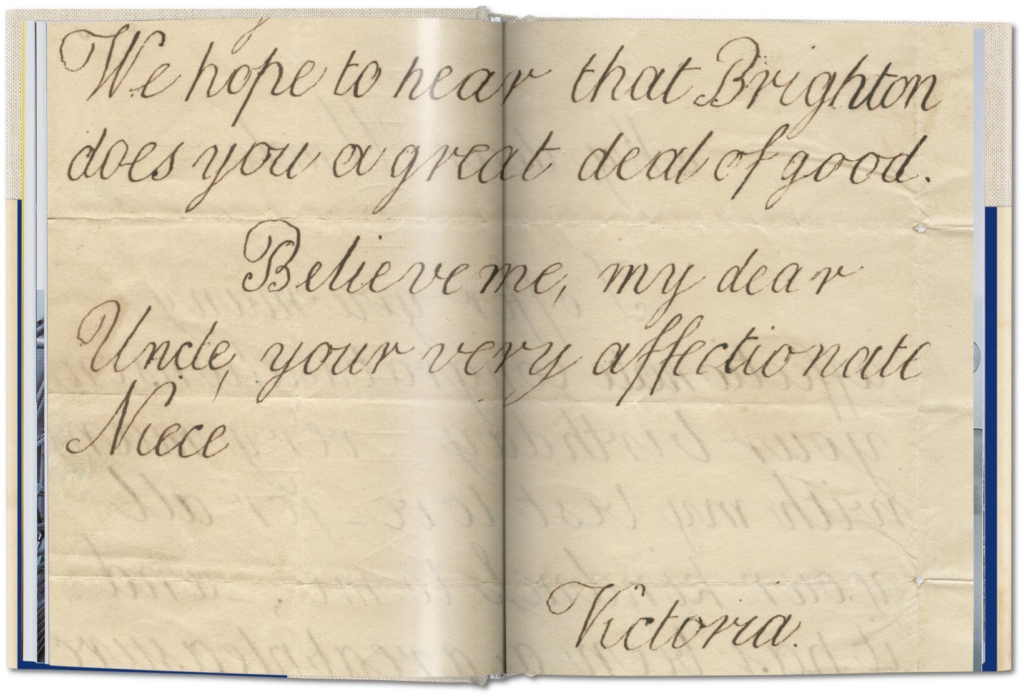
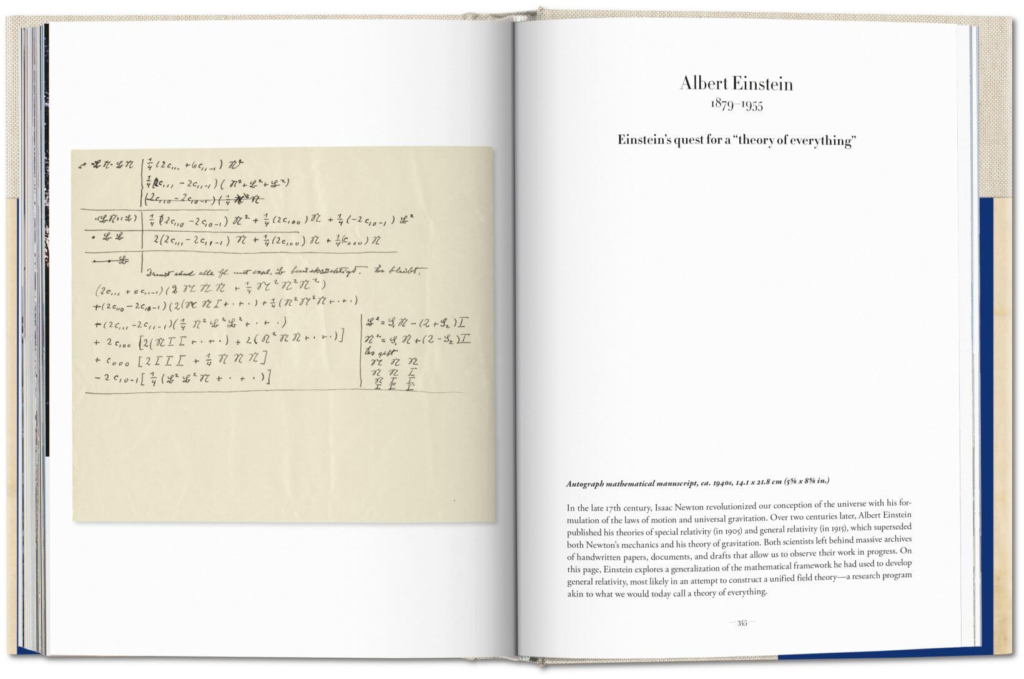

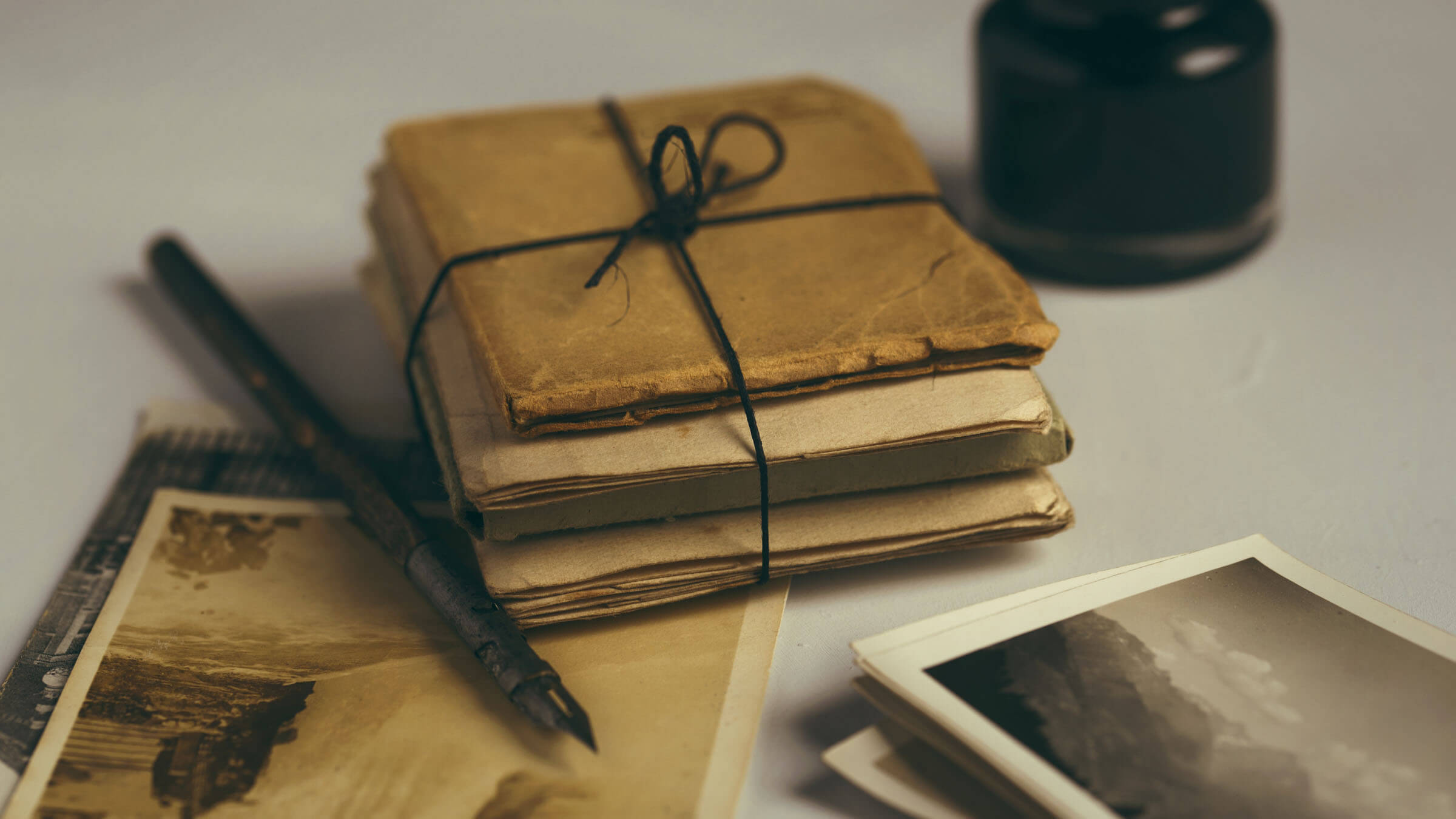

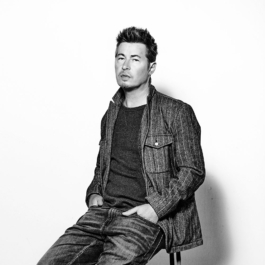


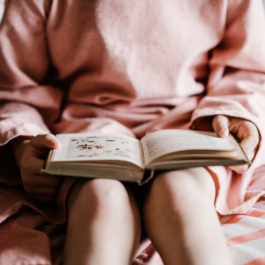



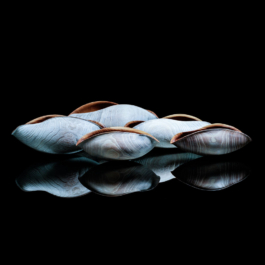


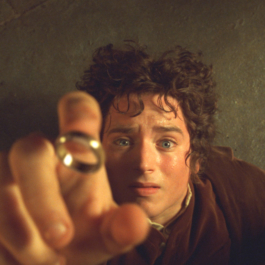
Sorry, the comment form is closed at this time.